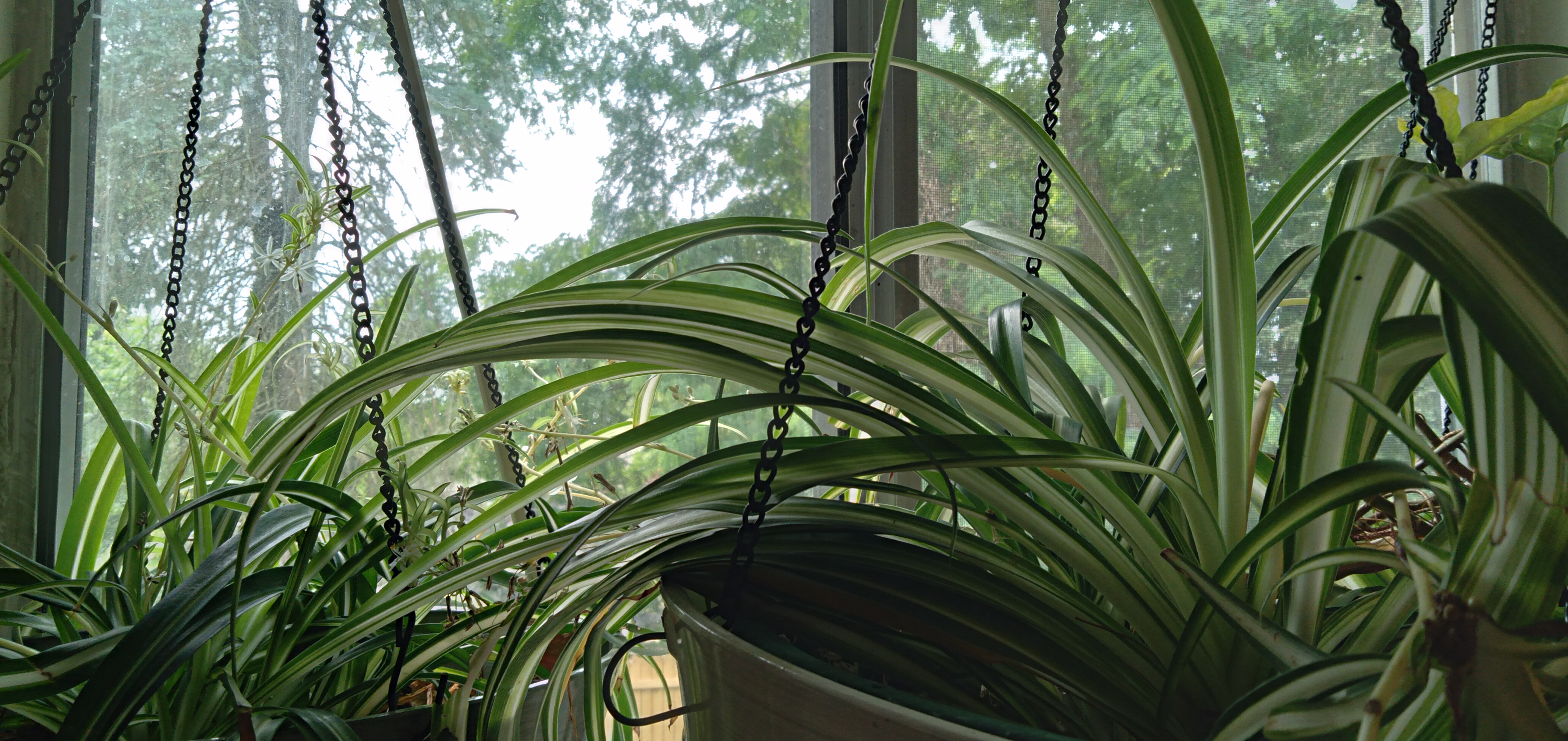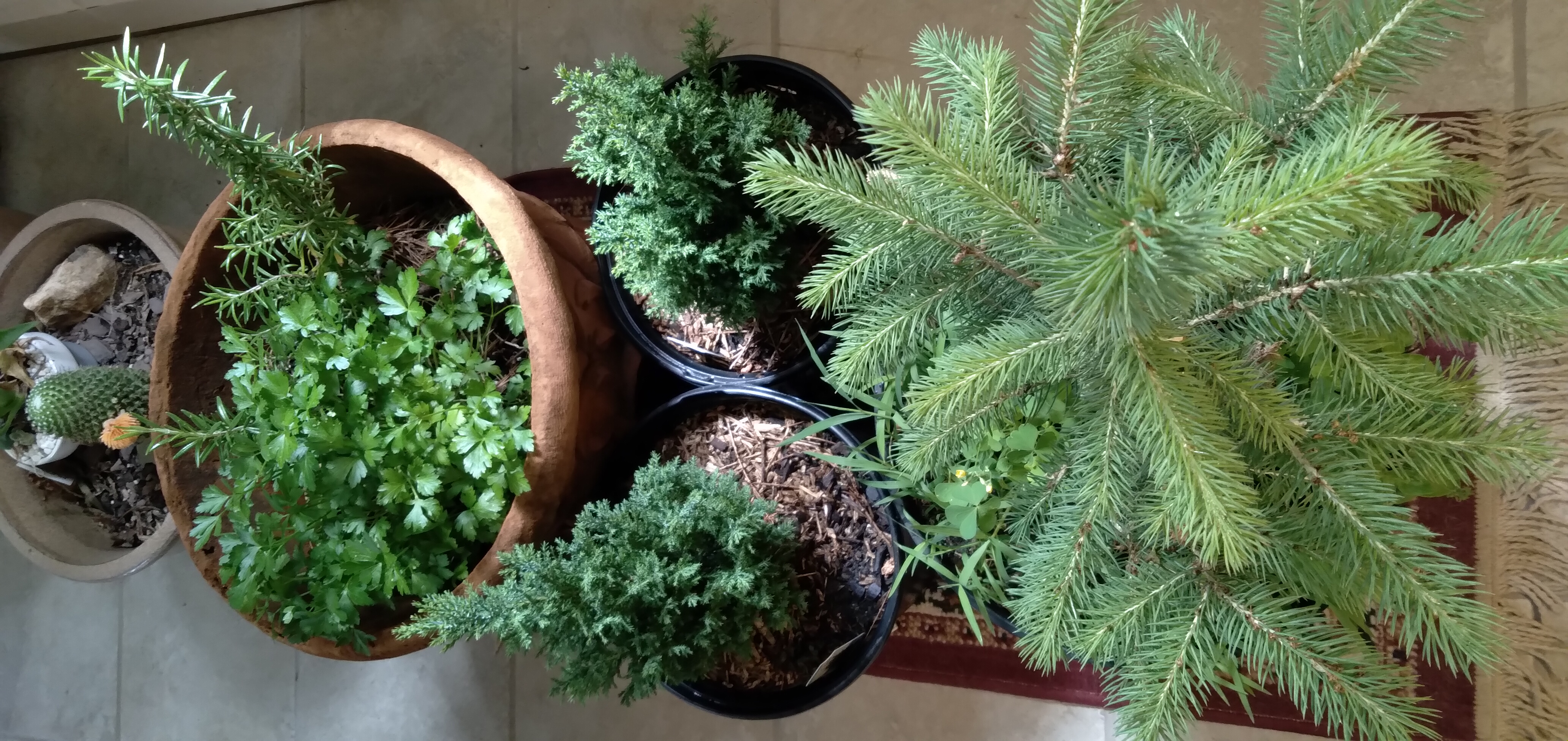
By Daniel Brouse
Air pollution is: a leading cause of death worldwide, the leading cause of climate change, and the greatest threat to humankind.

There is not much an individual can do about the outdoor air quality; however, there is a lot one can do to improve their individual air quality.
The EPA reports, risks from long-term exposure to indoor pollution "include some respiratory diseases, heart disease and cancer, can be severely debilitating or fatal. It is prudent to try to improve the indoor air quality in your home even if symptoms are not noticeable."
In the Spring of 2023, wildfires in Canada made the symptoms noticeable to many residents in the United States. Outdoor air quality measured hazardous for days in a row. When people could see and smell the air quality, it became obvious. Their indoor air quality also became noticeably poor.
With extreme weather events increasingly impacting both outdoor and indoor air quality, a long-term breathing experiment is underway.
1. Origin of Virgin Air
Where is the air you are breathing coming from?
The more outside air brought into the living space,
then the more need for air purification.
Filters that clean all the contaminants out of the air are both expensive and difficult to keep maintained. On the other hand, many houses are becoming over insulated in an effort
to improve their energy efficiency. Unfortunately the more airtight a dwelling is,
then the more the internally generated pollution will impact air quality and life expectancy.
2. Purify the Air: Plants
No matter where your virgin air comes from,
most likely the best way to purify the air is with plants.
The most famous study was conducted by NASA to remove formaldehyde from the air and found spider plants removed 95 percent of the toxic substance from a sealed Plexiglas chamber in 24 hours.
As part of the long-term breathing experiment we have cultivated multiple generations of spider plants. They are a great place for a novice to get started. Spider plants thrive in bright to moderate light. In the spring and summer, once-a-week watering is sufficient. During the winter, the soil should dry between waterings. (Spider plants are almost as easy to care for as cacti.) Snake plants are also easy to grow in all kinds of lighting situations, require little watering, and are one of the best air purifying plants.
Aromatic Plants and Phytoncides
Almost all plants are good for air purification. The spider plant and snake plants
are great for taking pollutants out of the air, as well as optimize sustainability.
The long-term breathing experiment is also looking at adding to the air quality.
Aromatherapy and Forest Bathing are easy to implement in your natural air purification experiment. Many plants can help take contaminants out of the air while adding medicinal properties to the air. Rosemary, mints, basil, sage, and most other herbs can add anti-bacterial, anti-depressant, anti-anxiety, stress, pain relief and other beneficial properties to air quality.
During the Air Quality Crisis of 2023, the long-term breathing experiment collided with the Tree Extinction Experiment. As part of the tree experiment, we grow a small nursery of trees in containers. Their main purpose is usually outside to act as a windblock for the structure to help reduce heating and cooling energy needs. Luckily, during the hazardous air quality days we were able to bring some (spruce and oak) inside to help purify the air and add phytoncides. The US Department of Agriculture reports, "These chemicals are natural oils that plants use to defend themselves against unwanted pests such as insects, bacteria or fungi. Phytoncides improve the human immune system by increasing natural killer cell activity. These cells respond rapidly to virus-infected cells and tumor formation. Studies show that increased natural cell activity can last for more than 30 days after a trip to a forest, suggesting that a trip once a month would enable individuals to maintain a higher level of natural killer cell activity. Other benefits from phytoncides include an increase in anti-cancer proteins; a reduction in blood pressure, heart rate and stress hormones; reduced test scores for anxiety, depression, anger, fatigue, and confusion; and increased scores for vigor."
Trees known to produce especially high levels of phytoncides include the evergreen trees (Cedars, Spruces, Conifers and Pine) and Oak trees.
The Canine in the Coal Mine
Smoke from wildfires in Canada brought record-breaking air pollution to the United States this spring, creating dangerous air quality from Bismarck, N.D., to Denver and Detroit to New York City and Washington. According to a Washington Post analysis of smoke data through June 7 (2023) from Stanford University, 197 air quality monitoring stations have reported all-time high pollution from wildfires.
The long-term breathing experiment failed the test during the Air Quality Crisis of 2023. After 4 days in a row of Unhealthy (151 to 200 AQI) to Hazardous (301 and higher AQI) outdoor air quality, the plant-filtered indoor air quality was unhealthy. Even with spider plant filled windows and dozens of other plants, humans still suffered from itchy eyes, scratchy throat, and headaches.
Christopher suggested, "You should look into Corsi-Rosenthal... they consistently outperform high-end air filtration systems and it's a simple DIY project."
Sidd independently advised, "We are way beyond that (plant filtration). Put in something about Corsi-Rosenthal filters and CO2 monitors to judge ventilation.
What is a Corsi-Rosenthal Box and how do you build one?
Sooo... luckily I had a couple furnace filters, a box fan, and a case of beer. After constructing a crude Corsi-Rosenthal Box, the entire first floor was cleared of noticeable pollutants within 15 minutes. The itchy eyes, scratchy throats, and headache dissipated.
To confirm our results, we brought in the hound dog. Dogs are even more sensitive to air quality. After days of suffering in unhealthy air quality, the hound immediately laid down with his nose in the flow of the circulating Corsi-Rosenthal filtered air.
Conclusion
Air quality is already considered the number one contributing factor to death worldwide.
Climate change is making poor air quality even more extreme. A combination of plant and Corsi-Rosenthal filtered air
is recommended on a daily basis.
Our experiment was conducted in Southeastern Pennsylvania during an extreme air quality event; however, to our east is Philadelphia. The immediate Philadelphia area rarely has a day of Good air quality. Most summer days are Moderate to Very Unhealthy. To our west is Morgantown and Lancaster County. Even though Lancaster is a much more rural area, it continuously has some of the worst air quality in the world. So it doesn't really matter where you live, implementing plant and Corsi-Rosenthal filtered air to the daily routine will likely improve your quality and quantity of life.
Health Impacts of Air Pollution
More on Clean Water, Air, and Healthy Plants
More Things You Can Do to Help the Environment and Your Health

Also see: Pollution Kills and
Good Gut Bacteria (Gut Microbiome)
MORE REFERENCES
Death By Ozone
Pollution And Health: 9 Million Deaths Per Year
Health And Air Quality
Air Pollution Deaths
Air Pollution Killing Millions
Largest Health Risk